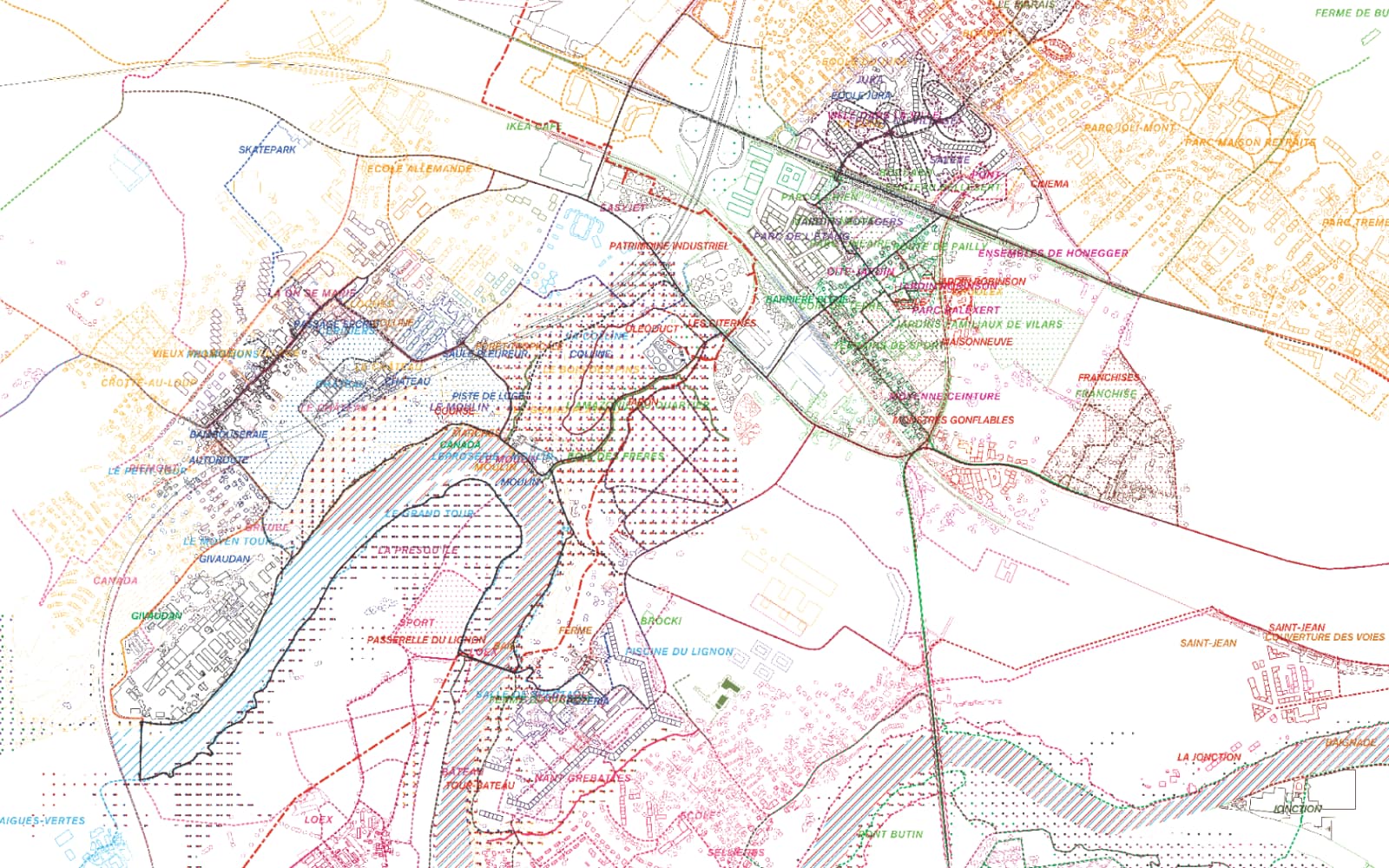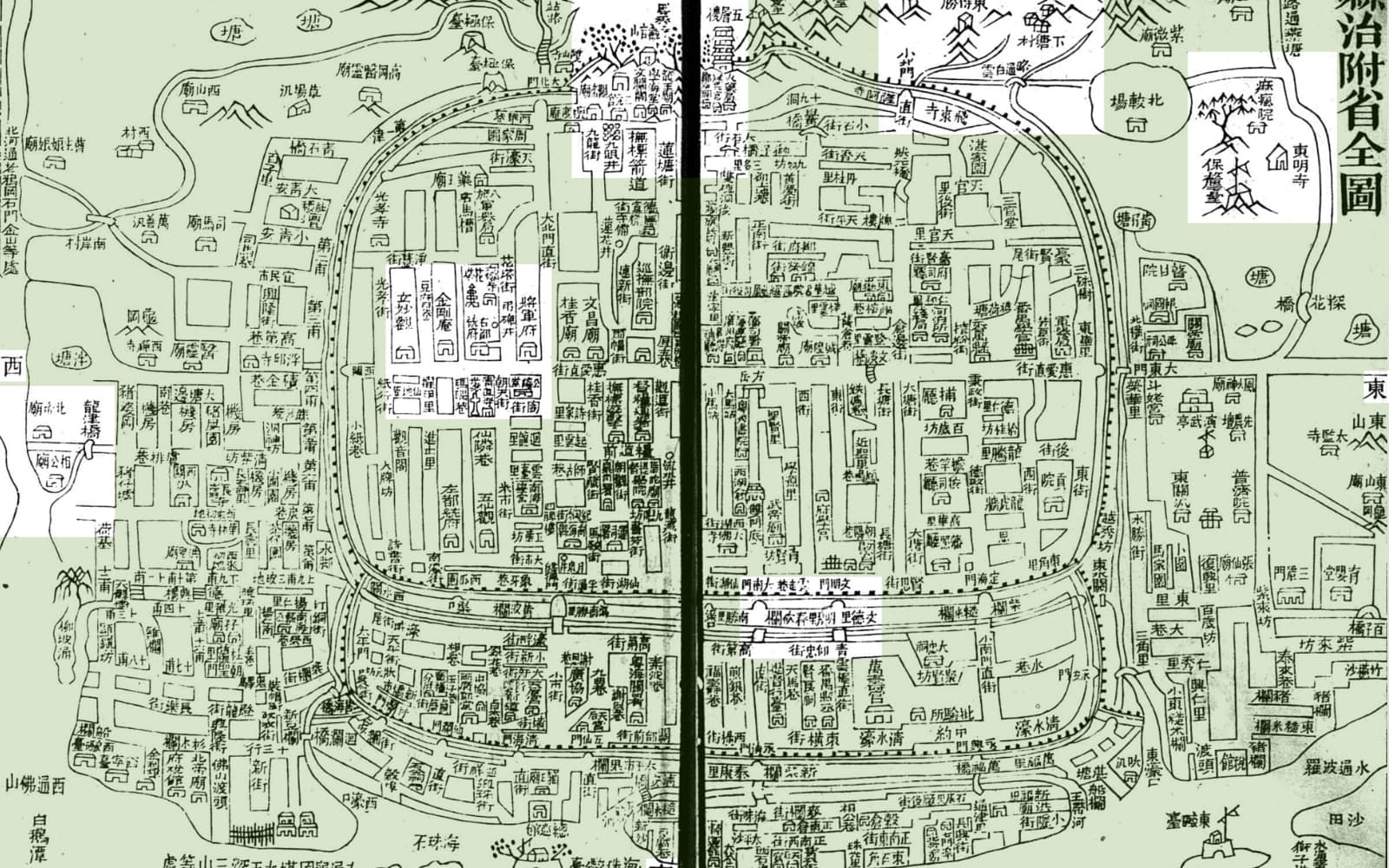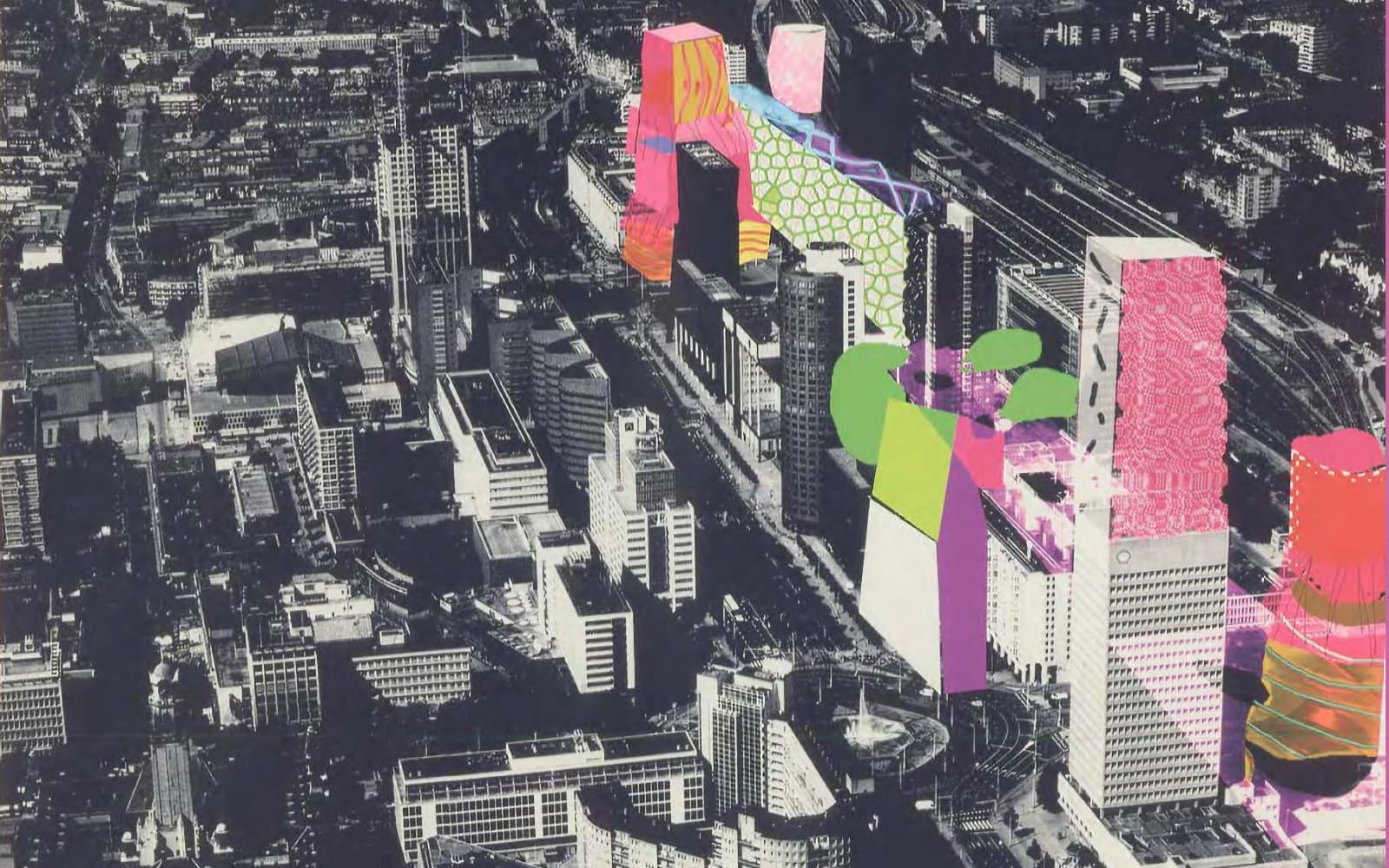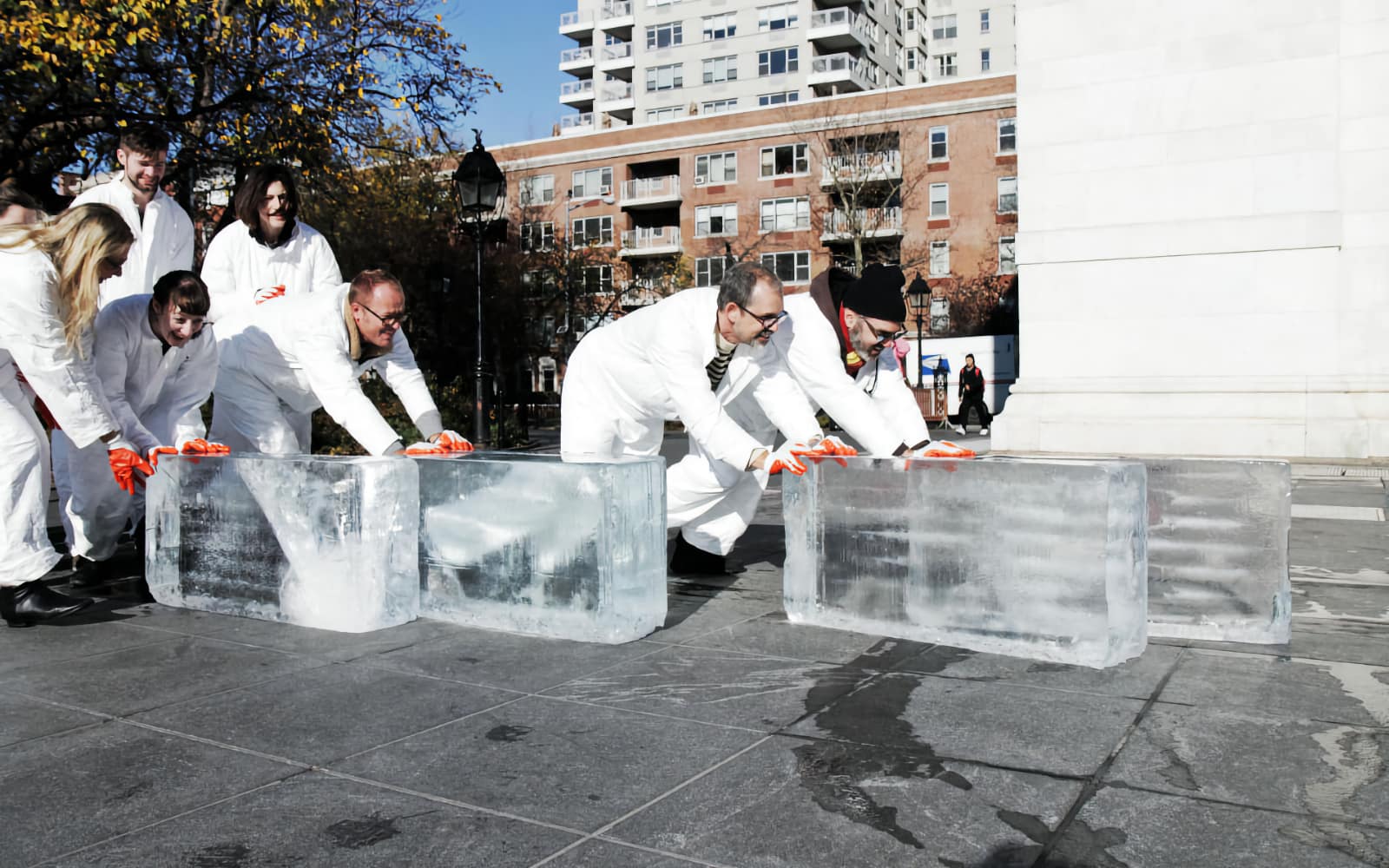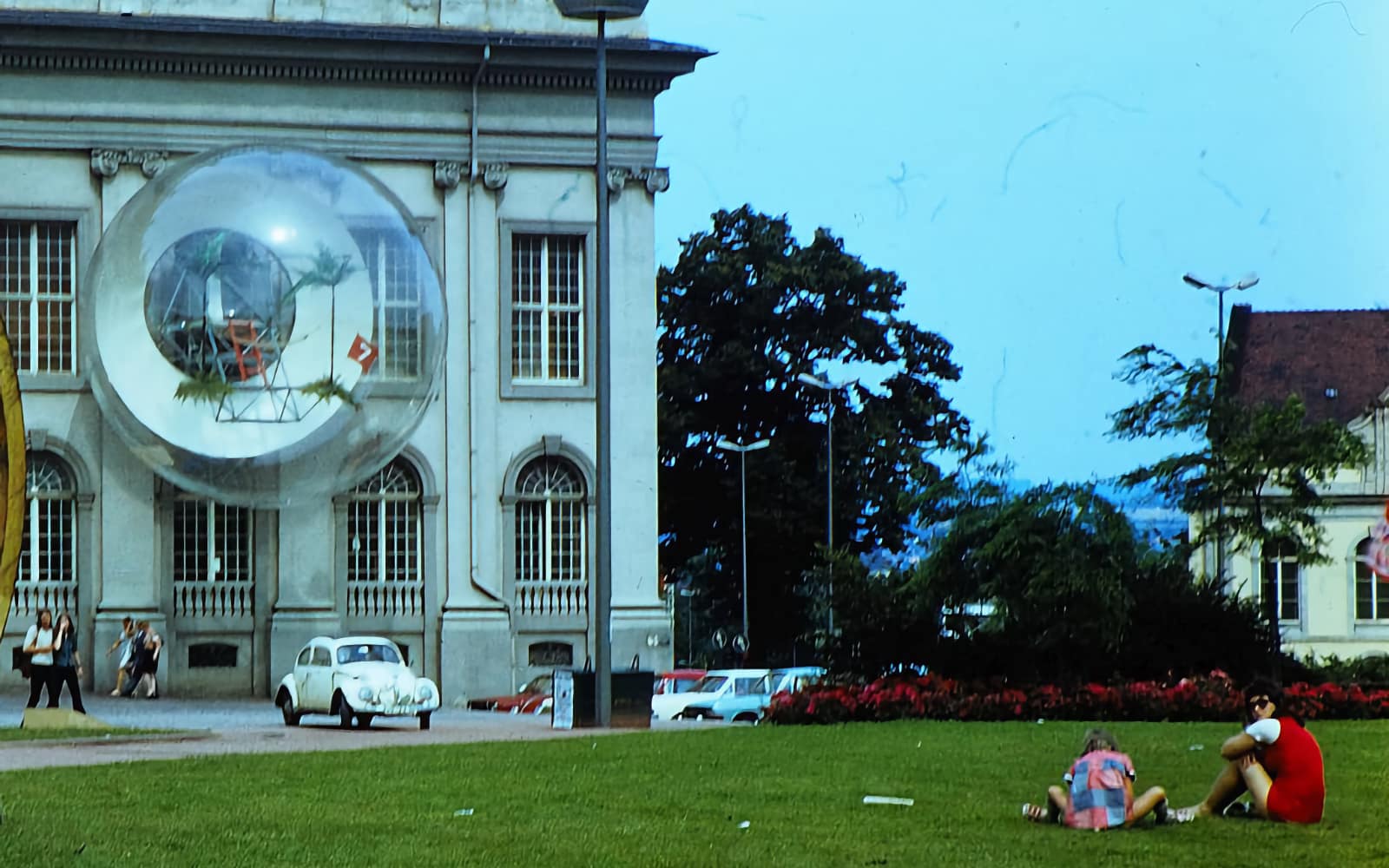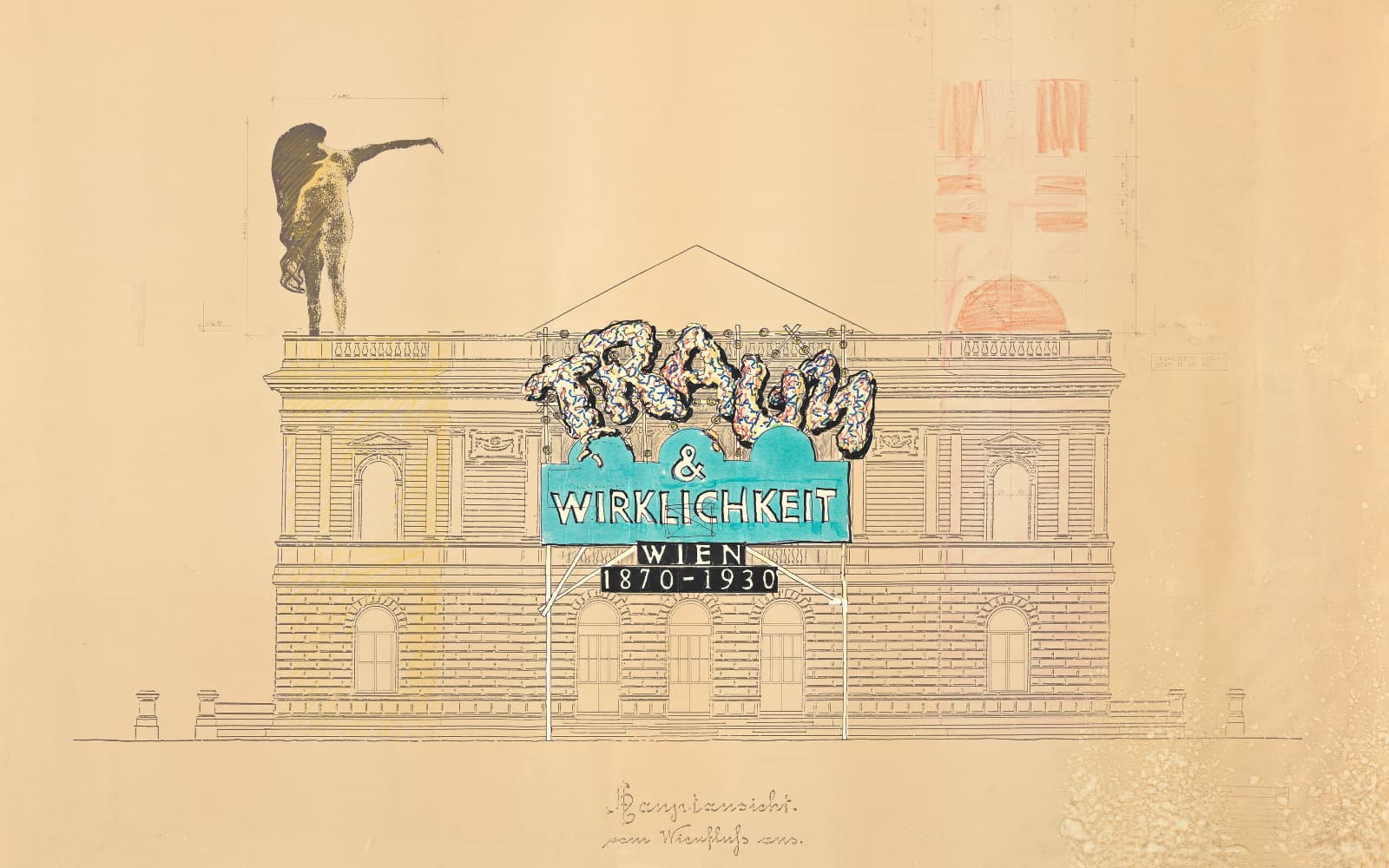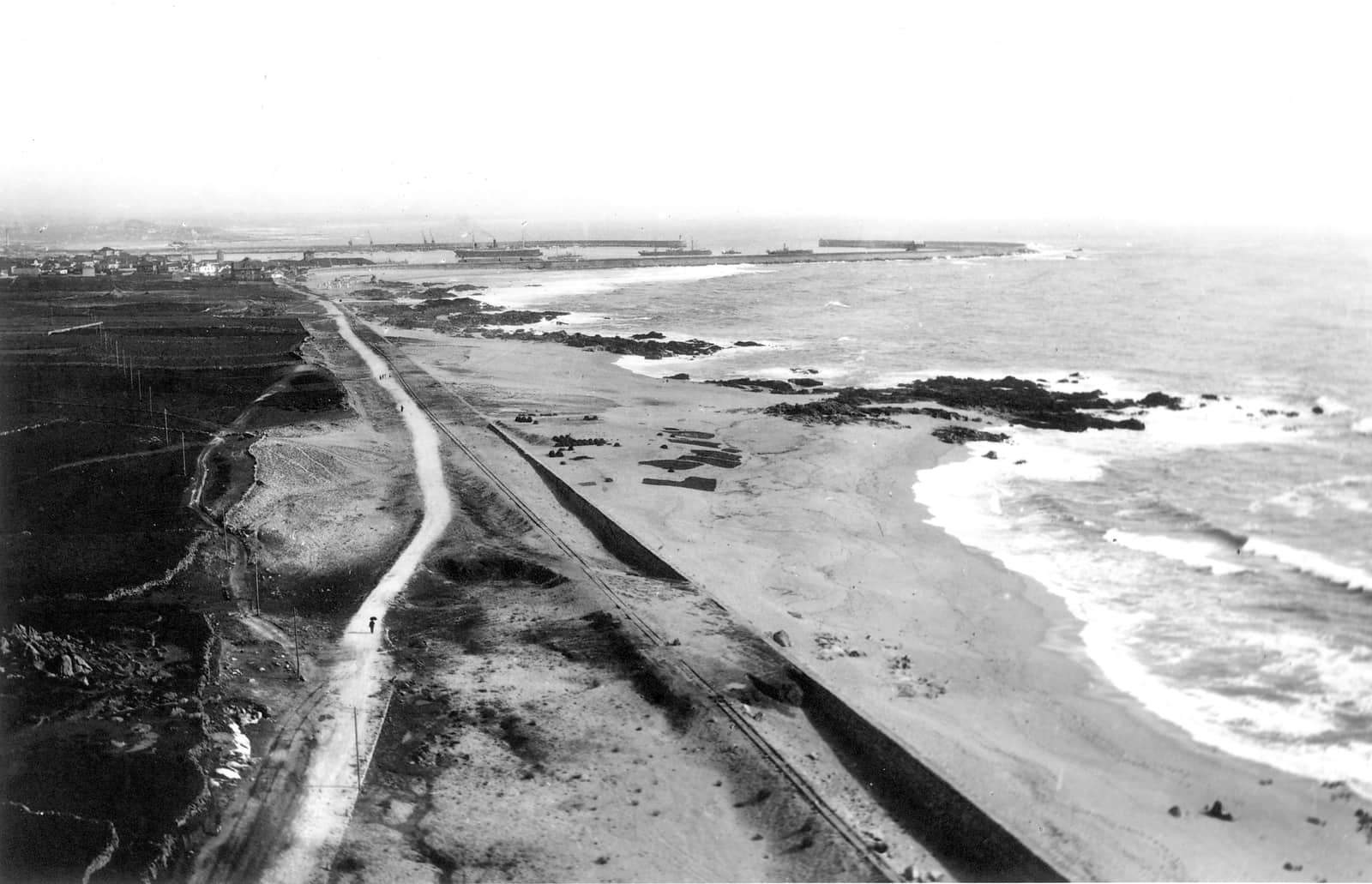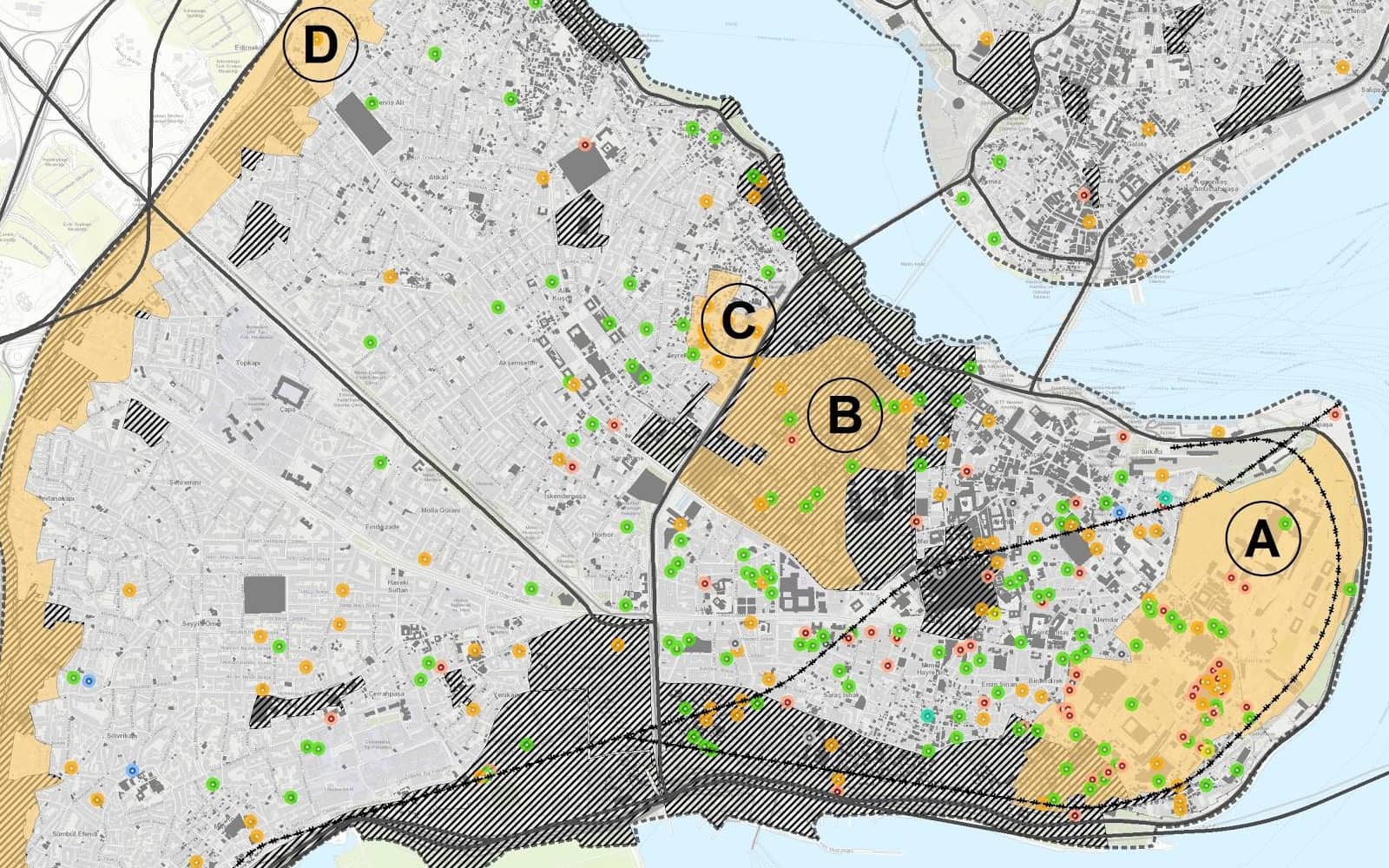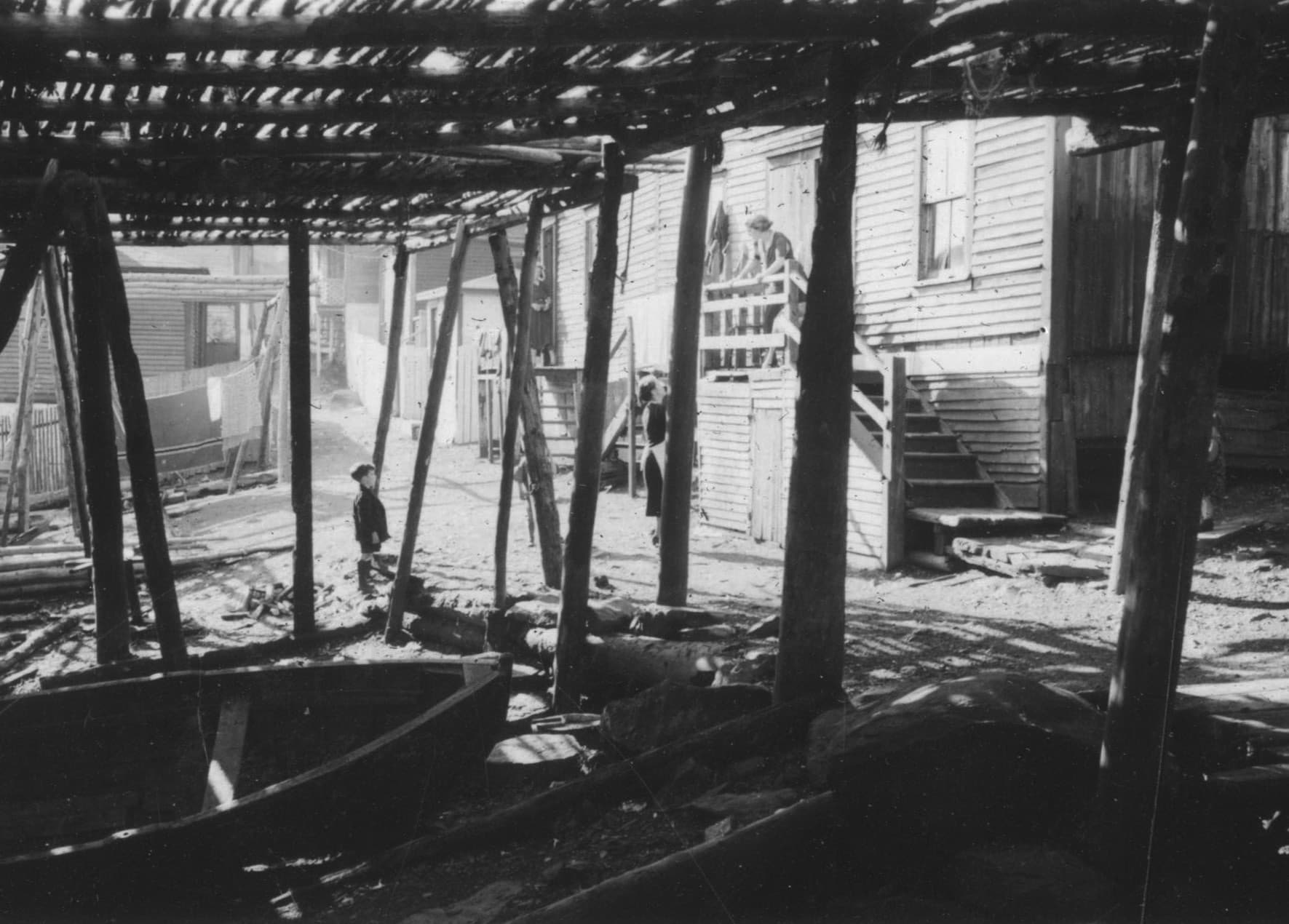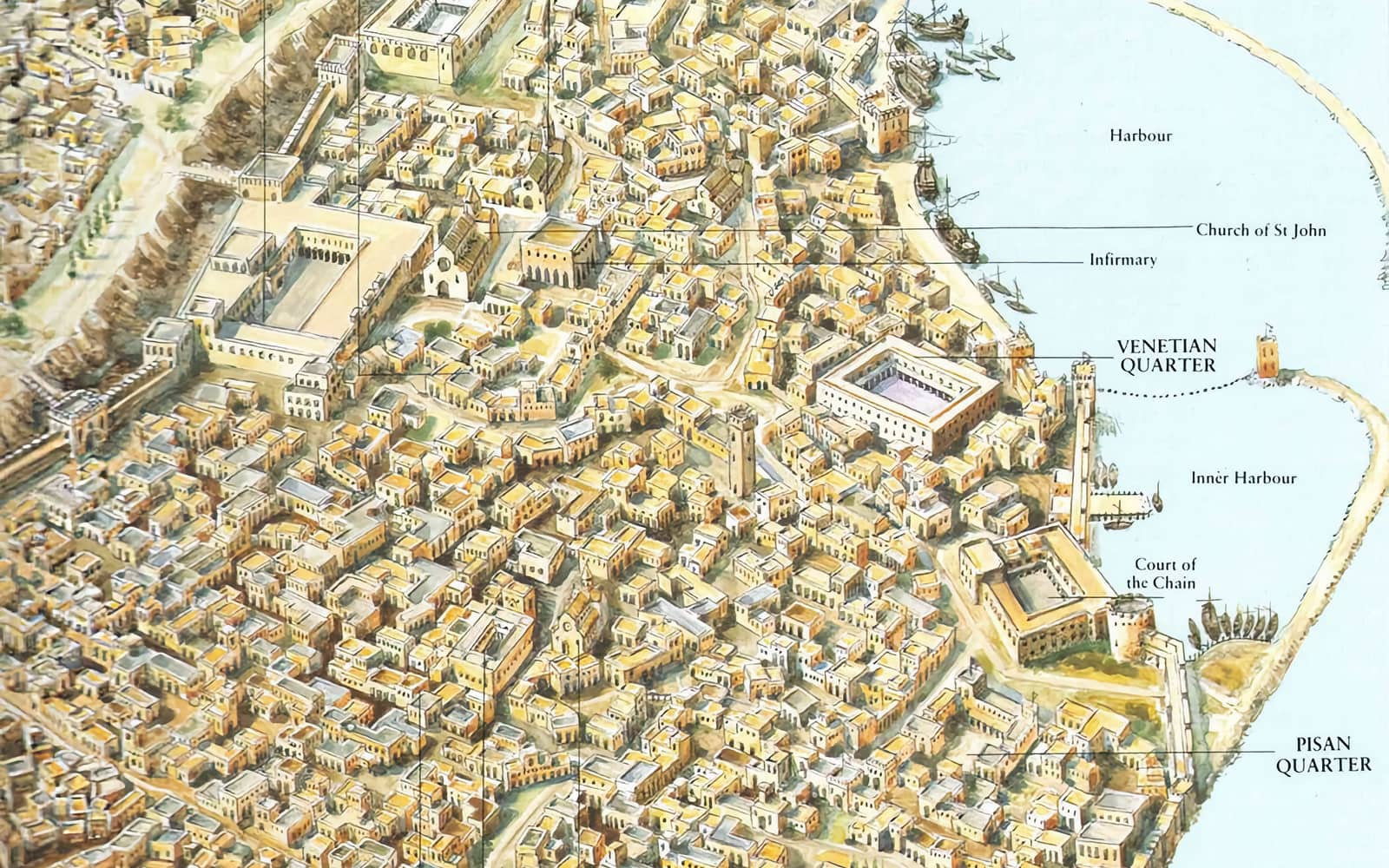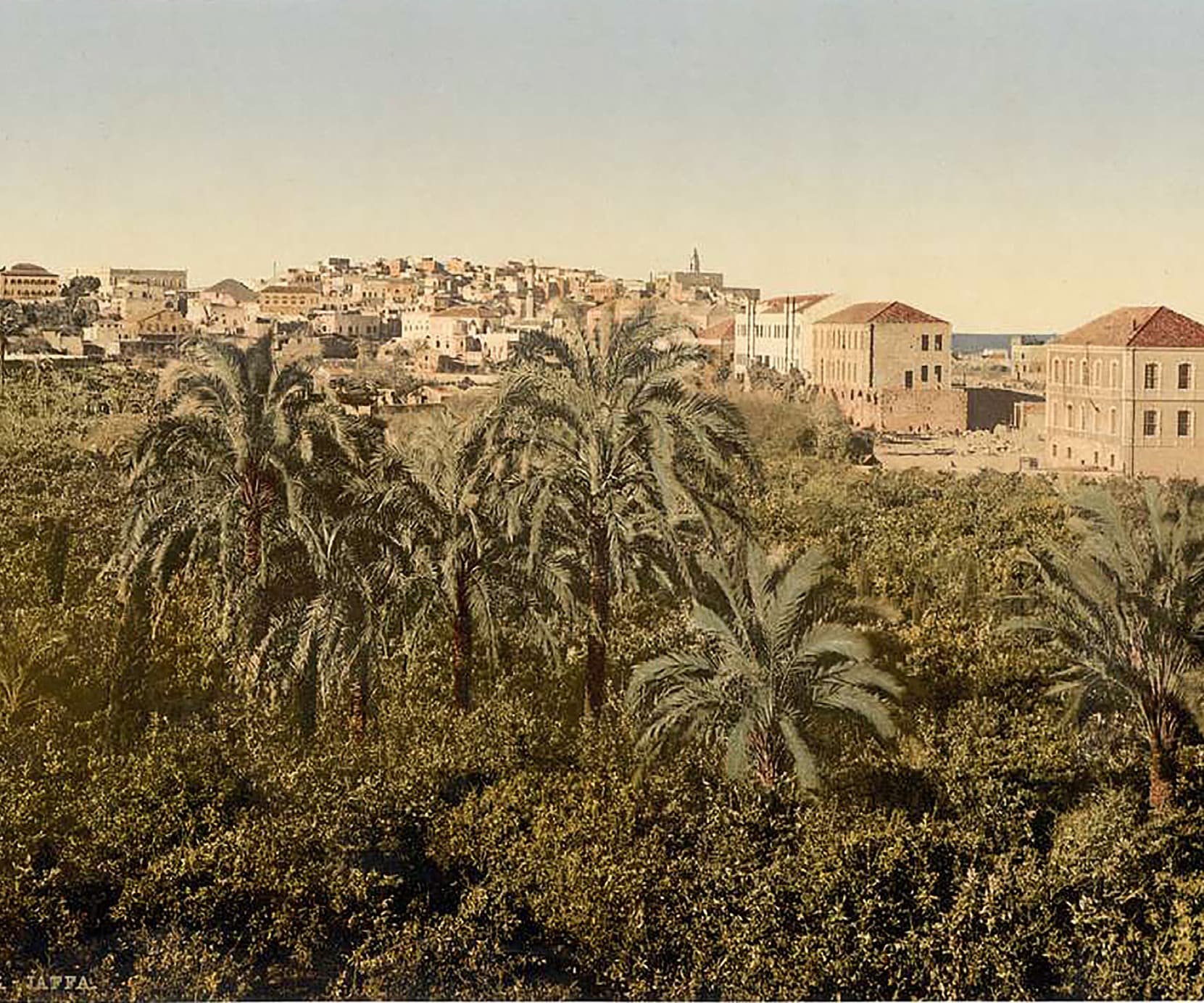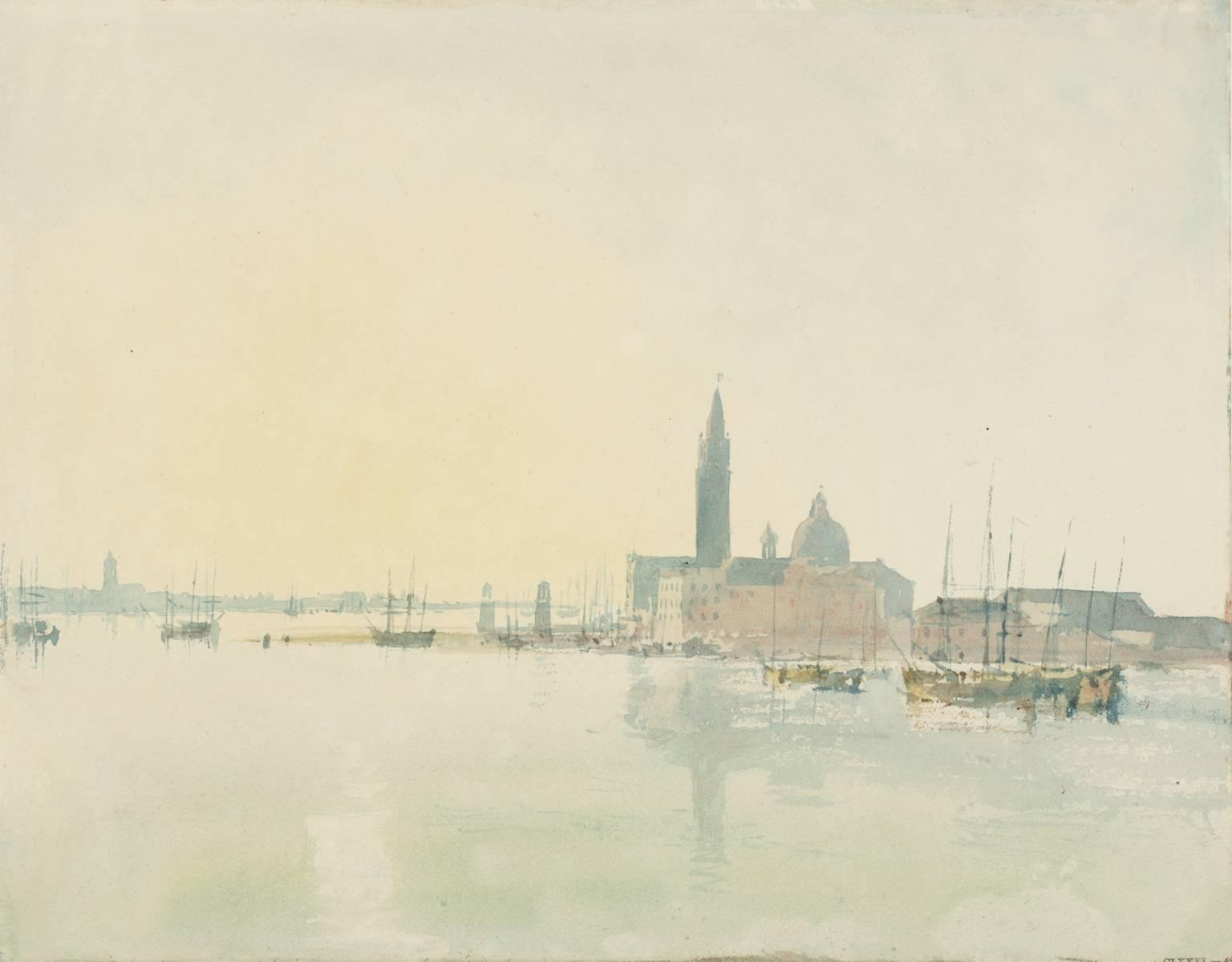Evidence and Method
All Items
-
Comics are a known method to visually link characters to context through time. This article explores the medium of comics to untangle stakeholder dynamics in the context of a complex theme such as circularity of the built environment.
Circularity of the built environment tailors concepts of circular economy to the field of construction and urban development. Relying mostly on optimization strategies, context-specific characteristics such as stakeholder agency and spatial preconditions are often disregarded as resources in the design of circularity projects. This results in...
-
In this paper, we piece together threads of communicative processes between residents, architects, and other parties, as found in the lists and letters of the archive of the Byker Redevelopment in Newcastle Upon Tyne (1968-83). Documents that are usually discarded or neglected by architectural researchers - from a stack of various papers documenting residents’ lists of complaints, evaluative papers such as an audit report, and architects’ memos, to a resident’s letter of complaint - enable us to reconstruct, first, how a mainstream practice collected and filed residents’ experiences and...
-
The laboratory ALICE (Atelier de la Conception de l’Espace) at the École Polytechnique Fédérale de Lausanne (EPFL) advances a comprehensive approach to data-based drawing oriented towards architectural and urban co-design processes. This drawing methodology has been key in the contributive design process they have applied over the last seven years, covering a range of scales and contexts, both within the public and private spheres.
Contribution has become a relational strategy that unites a diverse range of participants, each hailing...
-
This article focuses on two methods employed in the selection, interpretation, and representation of diverse source materials for developing alternative biographies for my ancestral landscape - Nanhai district in the Pearl River Delta in southern China. These biographies aim to approach Nanhai from a long view of continual transformation, as opposed to prevalent readings of the region that focus on the striking spatial contrasts and large-scale developments that have only come about in recent decades.
The chronological reading explores a...
-
This article explores the pivotal role of design as a decision-making tool within multi-stakeholder collaborations, focusing on the early phases of the Rotterdam Central Railway Station and its surroundings project. Spanning from 1996, when it gained National Key Project status, to 2007, when construction commenced, this period precedes the preliminary design, during which the design process becomes the primary method of collaboration among multiple stakeholders, including designers and clients involved in the station area’s development.
After introducing the post-war...
-
This article reviews the eco-social design work of students at the Gallatin School of Individualized Studies at New York University over the last decade. Environmental justice movements and the effects of global warming pose significant challenges to the architecture of dwellings, landscapes, and urban design communities. In response, students have placed socially and ecologically sensitive projects at the center of their design education. The justifiable moral outrage of our students has prompted us and them to rethink the methods by which we teach and imagine social environmentalism...
-
The potential of implicit architectural knowledge extends beyond the realm of sciences and technology. It is worthwhile to examine its role in art, artistic practices, and artistic knowledge. This article explores several practical examples from art and architecture, spanning the 20th and 21st centuries. These examples shed light on artistic practices that, apart from enhancing designerly qualities and fostering a reflexive approach, may have a significant research impact in architecture. The methods, processes, and topics of these examples are examined, and their potential for critical...
-
This essay delves into the installation designed by Hans Hollein for the Künstlerhaus facade in Vienna in 1985. It serves as an illustrative case of material speculation in architecture, particularly regarding the incorporation of ‘historical’ elements in contemporary architectural practice. Through a close reading of this installation, realized in the context of the exhibition ‘Traum und Wirklichkeit, Wien 1870-1930’ (Dream and Reality, Vienna 1870-1930), I discuss how such speculation entails the physical replication of carefully chosen ‘historical’ forms and their...
-
This issue of SPOOL introduces a new thread: ‘Method and Design’, titled “Design and Method in Architectural Research: From Objective Quantification to Material Speculation”. The issue explores the conventional understanding of method through both theoretical contributions and visual essays. The theoretical contributions discuss methodology, material practice, studio approaches, or design principles. The visual essays are more experimental, allowing for design proposals or artistic expressions that explore specific methods, depict scenarios, or articulate a material logic.
-
Port cities have traditionally played an essential role in local and transnational networks. The spatial imprints of cross-border flows and socio-spatial interactions in port cities have left intertwined and entangled histories. However, the physical presence of these rich histories is not always visible.
Port cities have undergone a number of socio-spatial metamorphoses since the early 20th-century. A series of local and global events have triggered significant transformations, among these:
Globalisation
Natural and human-made disasters
... -
In this article, we seek to reconnect architectural history with social and industrial histories as a strategy for understanding the relationship between infrastructure, fishing, and urbanisation by studying the emblematic case of Matosinhos. This paper traces the formation of the port area and the process of its subsequent transformation with the development of the fishing and canning industries, to understand the relationship between urban planning, the architectures of production (infrastructures, industries, and urbanism) and the architectures of reproduction (housing), and the...
-
The aim of this study is to present arguments showing that on the port heritage area, underground cultural inventory should be considered from the historic landscape point of view within the framework of the conservation plans. This study focuses on the Yenikapı region, whose settlement history of the Historical Peninsula changed following the rescue excavation performed at the end of The Bosphorus Rail Tube Crossing Project (Marmaray). The area covering the Port of Theodosius, whose multi-layered urban formation started in the Neolithic period and which was one of the most significant...
-
To what extent can a fish drive specific urban developments? This paper seeks to trace the links between fluctuations in the natural cod resources, the technologies used by fishermen to catch and process the fish, and the development of coastal landscapes and urban forms. The fishing port of Gafanha da Nazaré, near Aveiro on the River Vouga lagoon, is an example of the close relationship between the twentieth-century nationalist cultural construction in Portugal (in which cod fishing played a major role), the development of urban sprawls in new territories (independently from the old...
-
Acre is a port city in the north-western part of Israel, with a history that goes back more than 4000 years. Being inscribed on the World Heritage List, the Old City of Acre preserves the urban and architectural elements of a historic town. Its outstanding value relies on the Crusader remnants preserved under the Ottoman city, showcasing the dynamism and continuous change of Mediterranean port cities. Moreover, the presence of various religions: Judaism, Christianity, Islam, and Bahai, adds to its complexity, expressed as monuments and religious sites that enrichen Acre’s cultural...
-
The material extant of the fortifications of Jaffa, the physical markers of memory, narrates the contrasting status and evolution of one of the oldest port towns in Israel: from grandiose to decline, from thriving multicultural neighbourhoods to immigrant communities over time, from town centre to marginalised significance and shifting centralities in the wake of political and economic events. Its town centre, propagating social interaction, existed through complex and evolving agricultural, industrial, and residential land uses. This port town bears a testimony to the dynamic and...
-
This article addresses the role and the importance of the 19th-century narratives and depictions of port cities in contemporary architectural design with a specific focus on paintings. In the last decades, cities the world undertook a large number of urban regeneration projects along waterfronts. In this way, vacant sites on waterfront areas became an opportunity to apply contemporary architectural design; however, many of those projects resulted in generic buildings failing to establish relationships with their landscape, environs, and the history of port cities. High-rise buildings,...
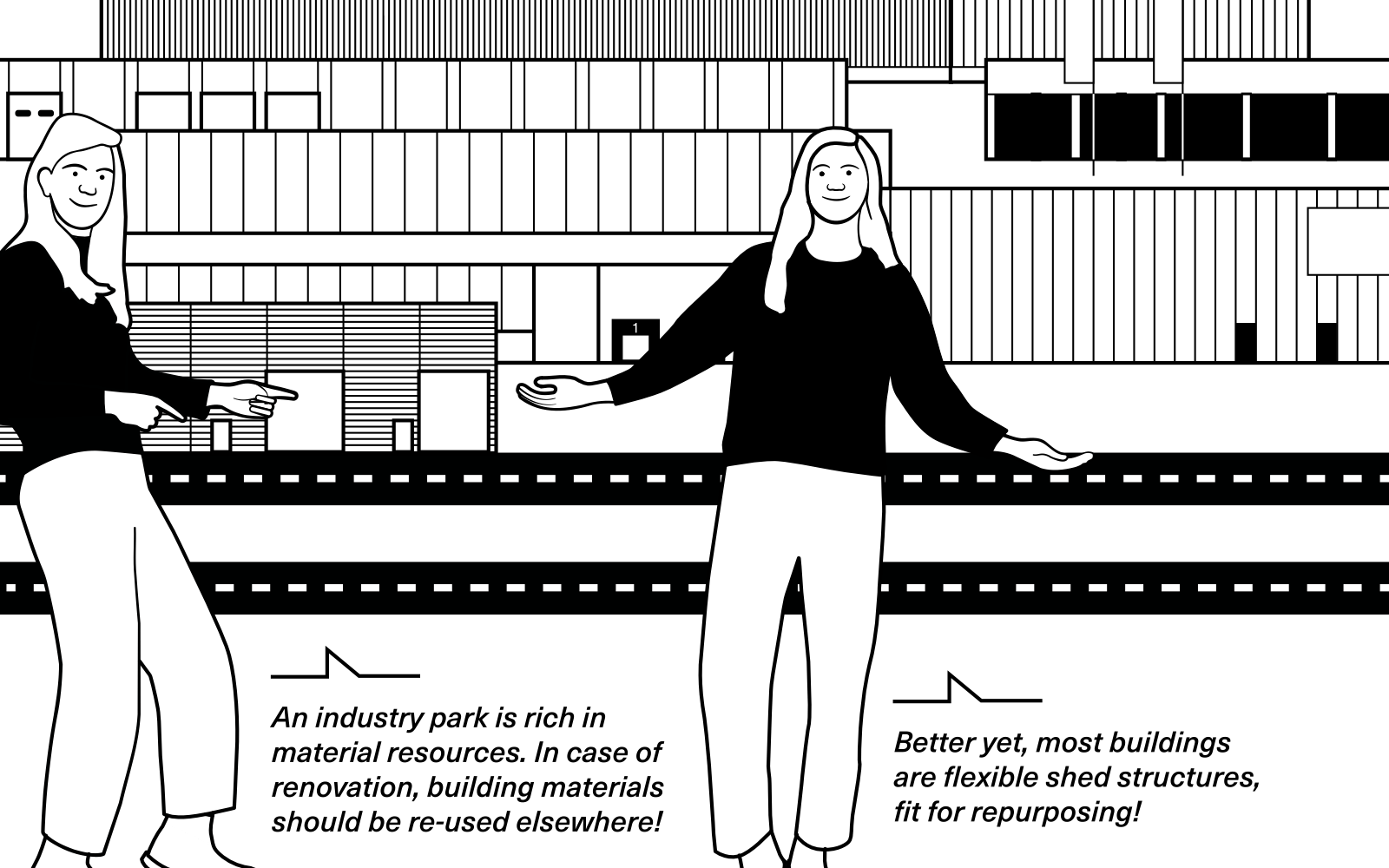
![Byker Ralph Erskine tillsammans med ett barn [Byker Ralph Erskine with a child]. Arkitektur- och designcentrum Stockholm. (Link to download and terms of license: https://digitaltmuseum.se/011015013688/byker-ralph-erskine-tillsammans-med-ett-barn)](https://spool.ac/public/journals/1/submission_210_194_coverImage_en_US.jpg)
